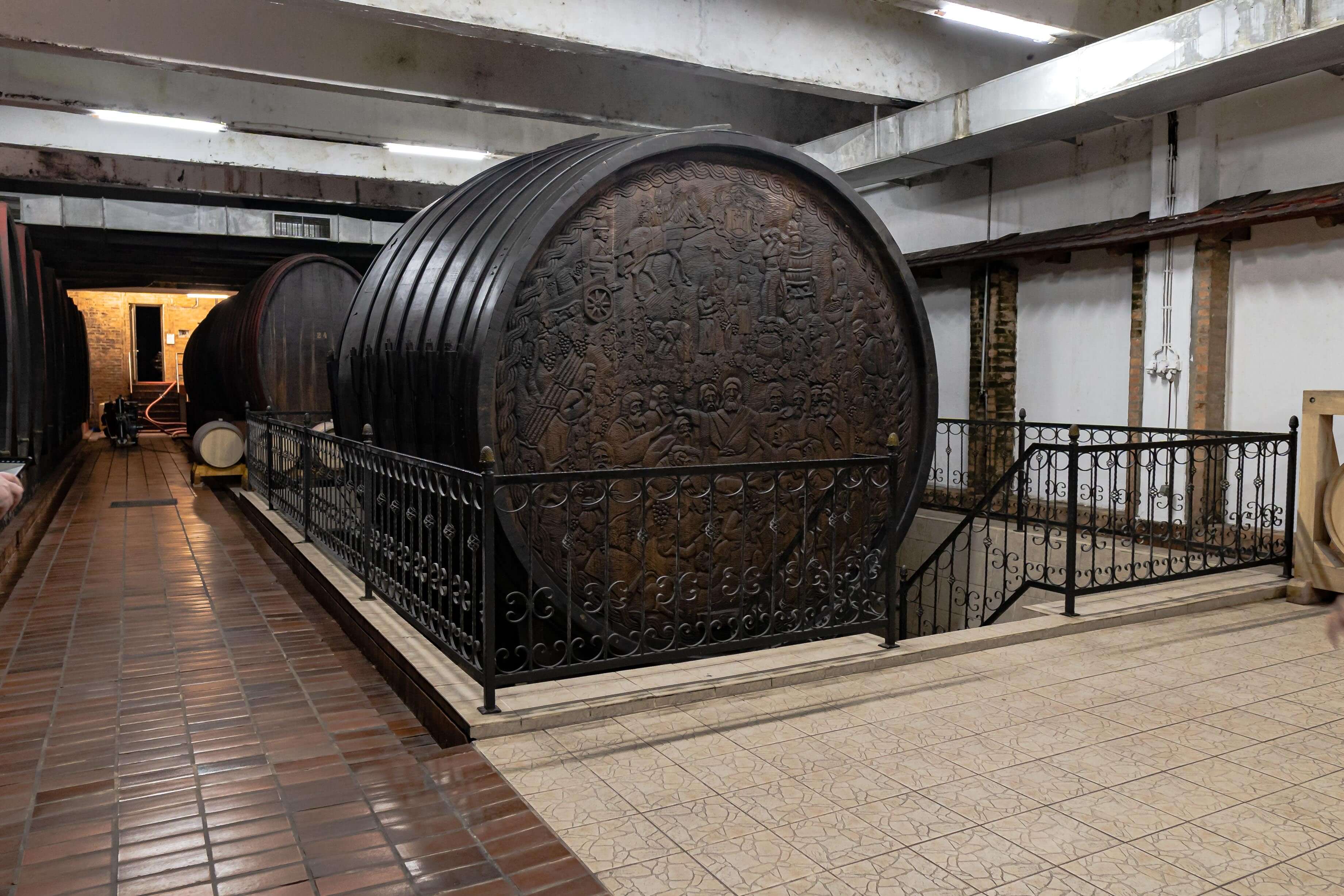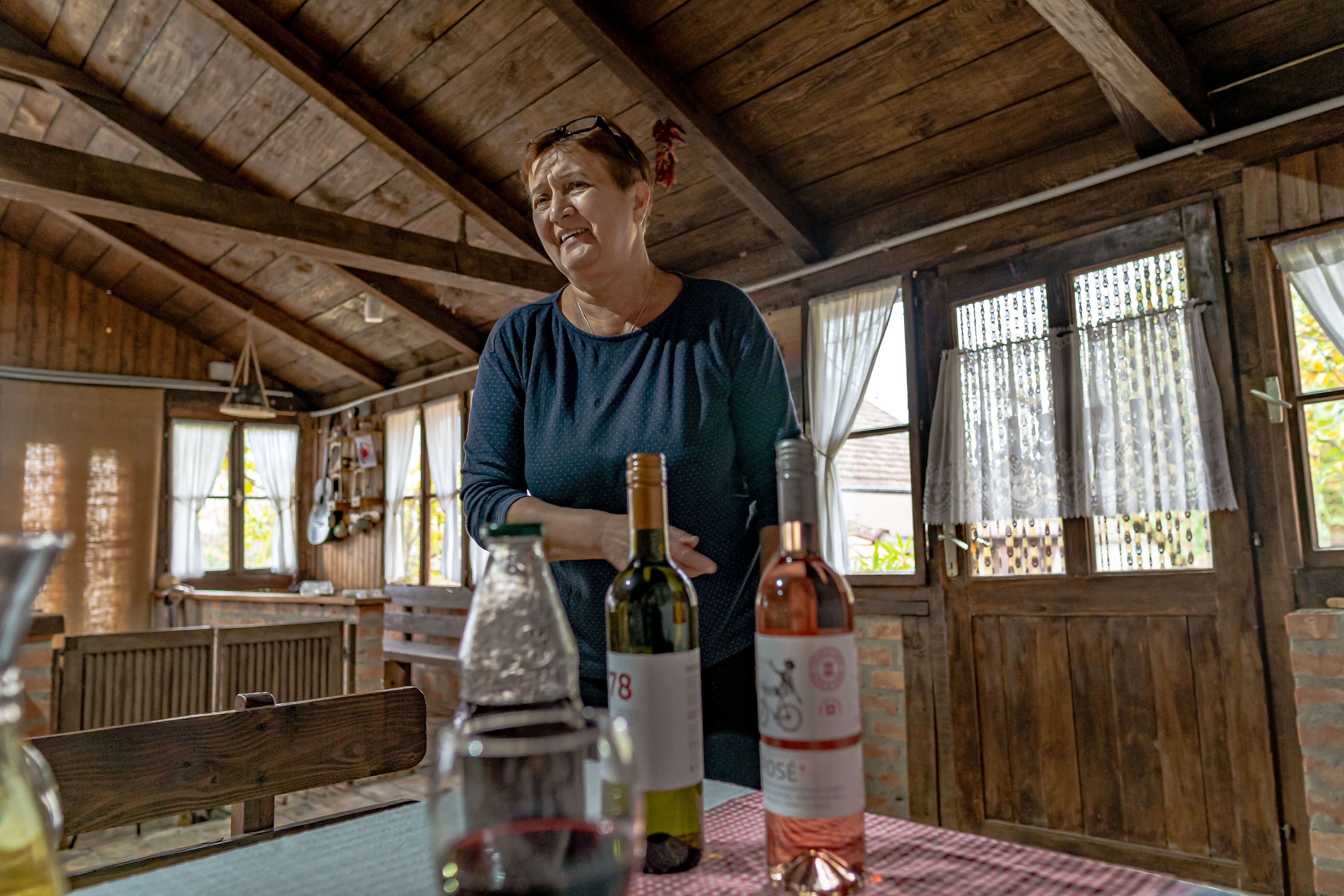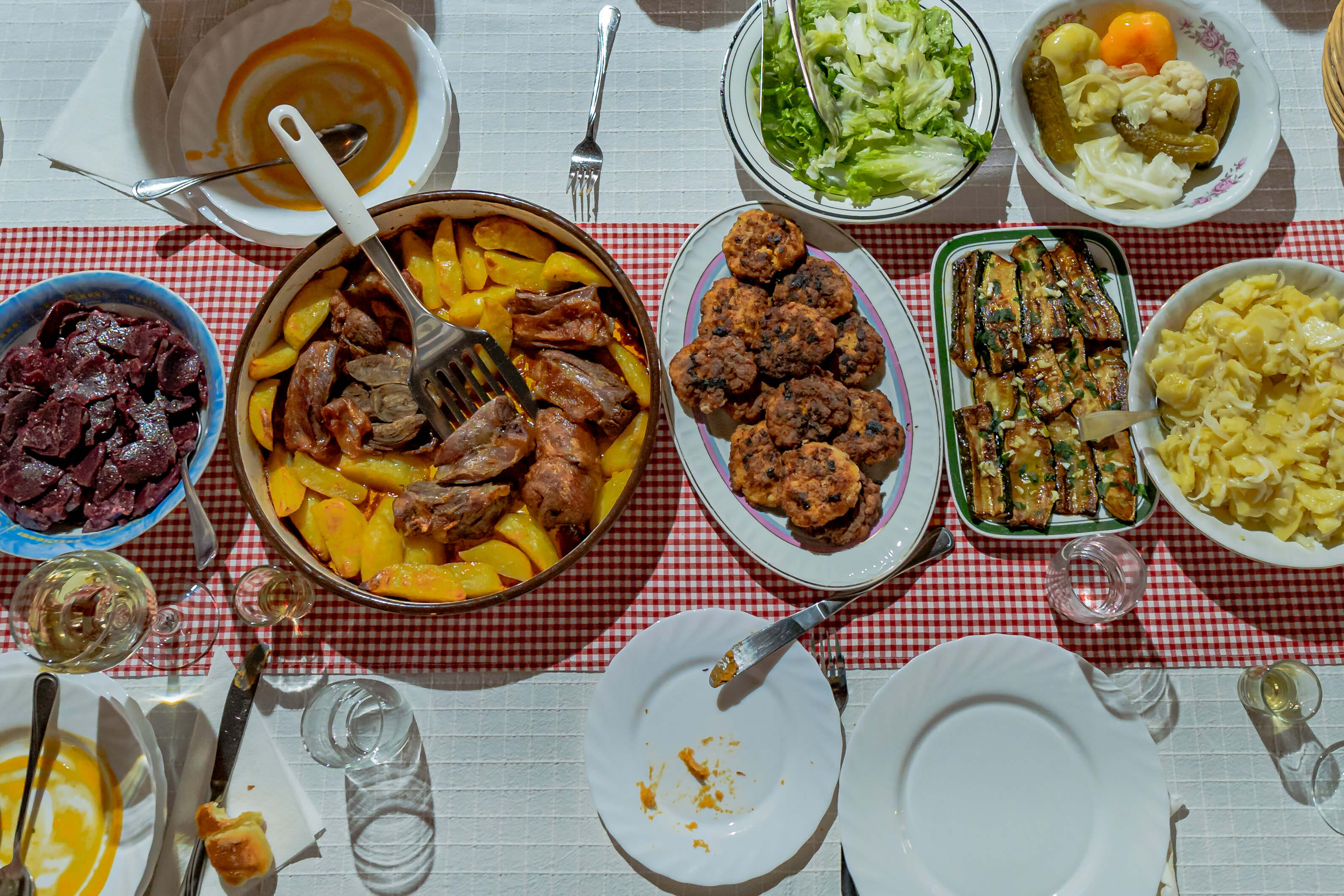Discover the Croatian Danube: An Idyllic Weekend in Dalj
September 30, 2022 - From the canals of Aljmaš; and the slopes of Erdut, after having enjoyed steaming hot fish stew from a hanging pot and wine from the largest barrel in the world, continue your journey east, and you will shortly arrive in Dalj. Another hidden gem of Slavonia and Croatia. A place where the Danube is just the right temperature in the summer, where the fruits taste sweet, and where the stars aligned to make it the birthplace of one of the greats.
The first signs of life in Dalj date back to the Bronze Age, around 1350 BC. One of its first names, from the Roman times, was Teutoburgium, and its significance was that it was positioned on one of the four main routes towards Dalmatia. Just like the rest of eastern Croatia, Dalj underwent changes in power and demography, resulting in a rich heritage mix of Catholic, Orthodox Christian, and Ottoman influences. The Christian religions remained and are both still an essential part of Dalj’s culture. The silhouette of the village is adorned with Catholic and Orthodox churches, and the church of St. Demetrius is the largest cathedral of the Serbian Orthodox Church in Croatia. Right next to it, an inviting palace with a garden full of flowers – the summer residence of the church’s patriarchs found its home. Naturally, its location is prime, with only a green park between it and the Danube.
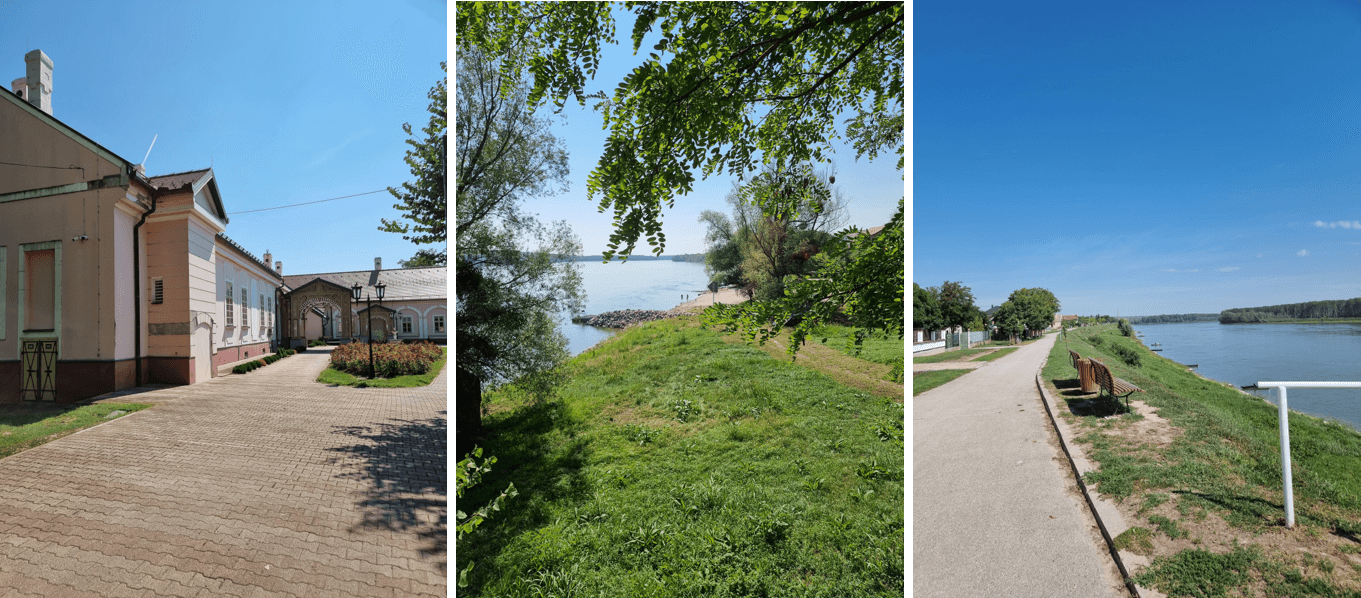
Author
The Danube, of course, is what life revolves around. The geography of the village has remained such that people from every part of the village can reach the riverbank quickly and straightforwardly. They go there to walk, relax, swim, fish, or enjoy nature. In the summer, the Dalj beach is the absolute centre of all activity. Gathering from all parts of the village, families, and friends either walk, swim, or let the Danube take their boats there. Once they’ve reached the sand and the shade of the banks, the party can start. Whether beach volleyball, music, drinks, or barbecue, something happens daily to keep everybody’s minds off the summer heat.
Just like Aljmaš and Erdut, Dalj is an excellent stop on the Danube not only for refreshment and activities but for wine and food. The local gastronomy shines bright in Stari Mlin, a restaurant serving the best of Slavonia daily, with live music on weekends, occasional events, and special celebrations. It is a trendy venue for team buildings as well. There is plenty of room both indoors and on their summer terrace.

Restoran Stari Mlin
The menu celebrates the Danube, with carp, catfish, and perch taking centre stage and plenty of meat dishes in supporting roles. We recommend calling in advance to try out their famous traditional catfish stew or fire-roasted carp. Even if you’re not feeling hungry, sit down for dessert or coffee and enjoy the view and the Danube breeze.
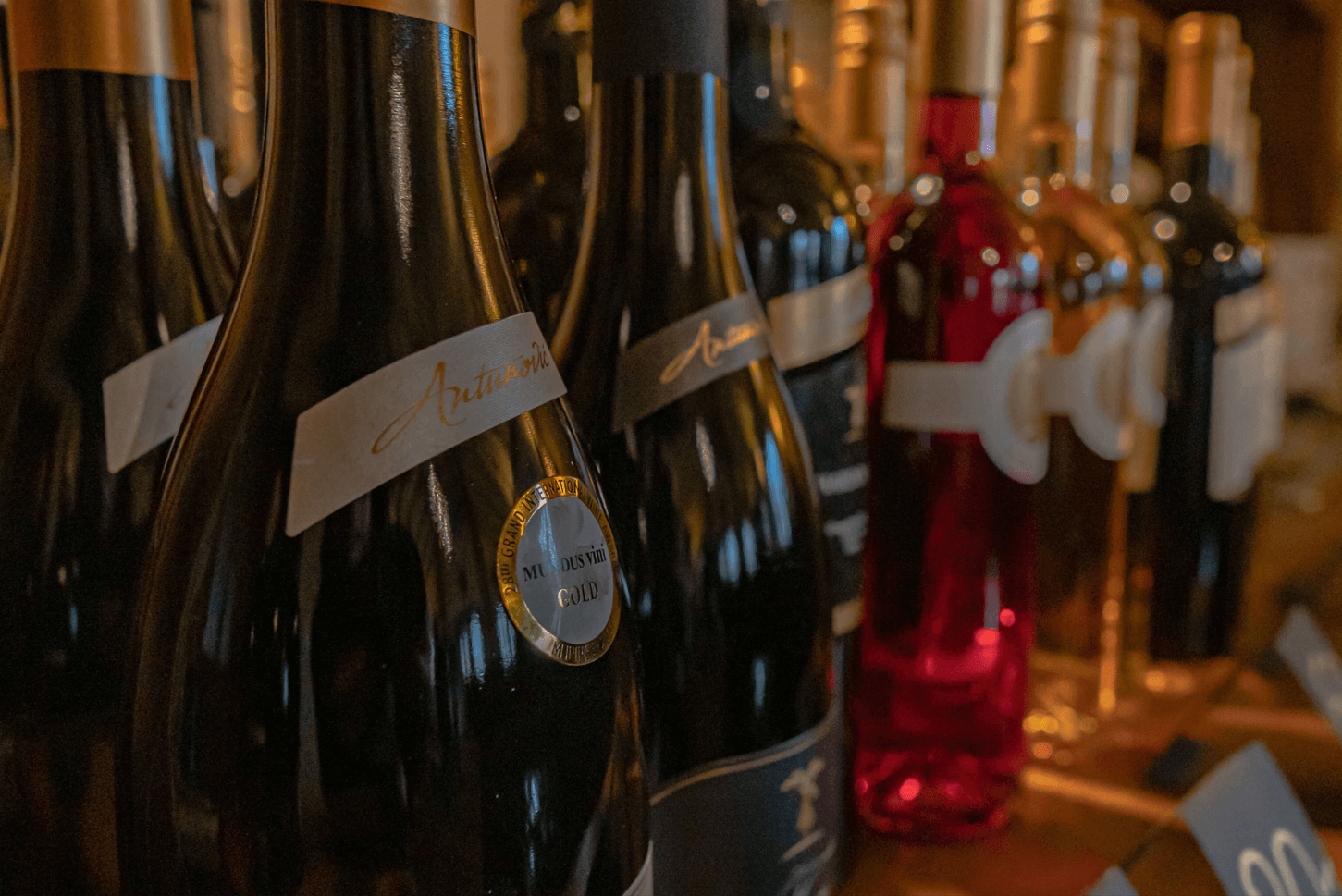
Steve Tsentserensky
After a delicious filling meal, it would be a mistake not to let your heart take you straight to wine. A special surprise awaits in Dalj. Head over to the Antunović winery, the first female-owned and established Croatian winery, and find out why it became one of the most awarded wineries in Croatia.
If you’re looking for a specific reason to visit Dalj, where you can experience the lovely autumn atmosphere while learning about the local traditions, try the Fair of Old Crafts and Customs and Gužvara Fest. Use the chance to try out traditional tools and witness true craftsmanship or taste some of the local delicacies. The emphasis lies on Gužvara – a traditional yeast dough dessert filled with ground walnuts or poppy seeds. It is a must-serve at Slavonian feasts and gatherings. Saturday, the 8th of October, is the day.
Tradition is an integral part of life in Croatian villages. Following suit, the big days in Dalj include kirbaj (also known as kirvaj), Crkveni God for the Catholic population, and Krsna Slava for Orthodox families. Both events celebrate the village's and family patron saints, respectively.
Finally, let us not forget to mention Dalj's greatest - Milutin Milanković. This mind of the future, an influential mathematician, physicist, and astronomer, was born in Dalj, went on to travel Europe for his studies and work, but came to some of his most important conclusions right in his backyard, inspired by the Danube and a big pine tree, which still stands there 143 years later. Stay tuned to find out more about, possibly, Croatia's most underrated museum.

Steve Tsentserensky
Special thanks to Jovana, the Erdut Municipality Tourist Board directorErdut Municipality Tourist Board, and the perfect host for our day in Dalj.
How good is your knowledge of eastern Croatia? Take the CROMADS test above - how many places do you recognise?
For more, make sure to check out our dedicated Travel section.
Discover the Croatian Danube: Synergy Between People and Grapes in Erdut
September 7, 2022 – Picture this. You took a weekend off and spent it in nature, fishing, camping by the Danube, and eating delicious fish stew. It would be silly to stop there, wouldn’t it? Nothing better to round it all up than more homemade food and outstanding wine. Balance it out with some physical activity. Head east from Aljmaš, follow the 11-kilometre-long promenade and you will arrive in Erdut. Located 37 kilometres from Osijek, you might have heard of it in the context of the Erdut Peace Agreement of 1995, otherwise an unknown place. If you just scratch the surface, though, you will discover a lot. We’ll start you off by telling you about its mystery, wine, and its people.
Historically, Erdut has been a calm small town where cultures intertwined. It was first mentioned in 1335 as Erdöd, and with the status of a town in 1472 as Castellum Erdeed. The name originates from a Hungarian word denoting a forest path or road. From the 15th century until World War II, it was passed from hand to hand between noble families. Among them were the Adamović Cseh family, whose 19th-century manor still stands in the centre of town. The manor is not the only piece of architecture worth visiting.
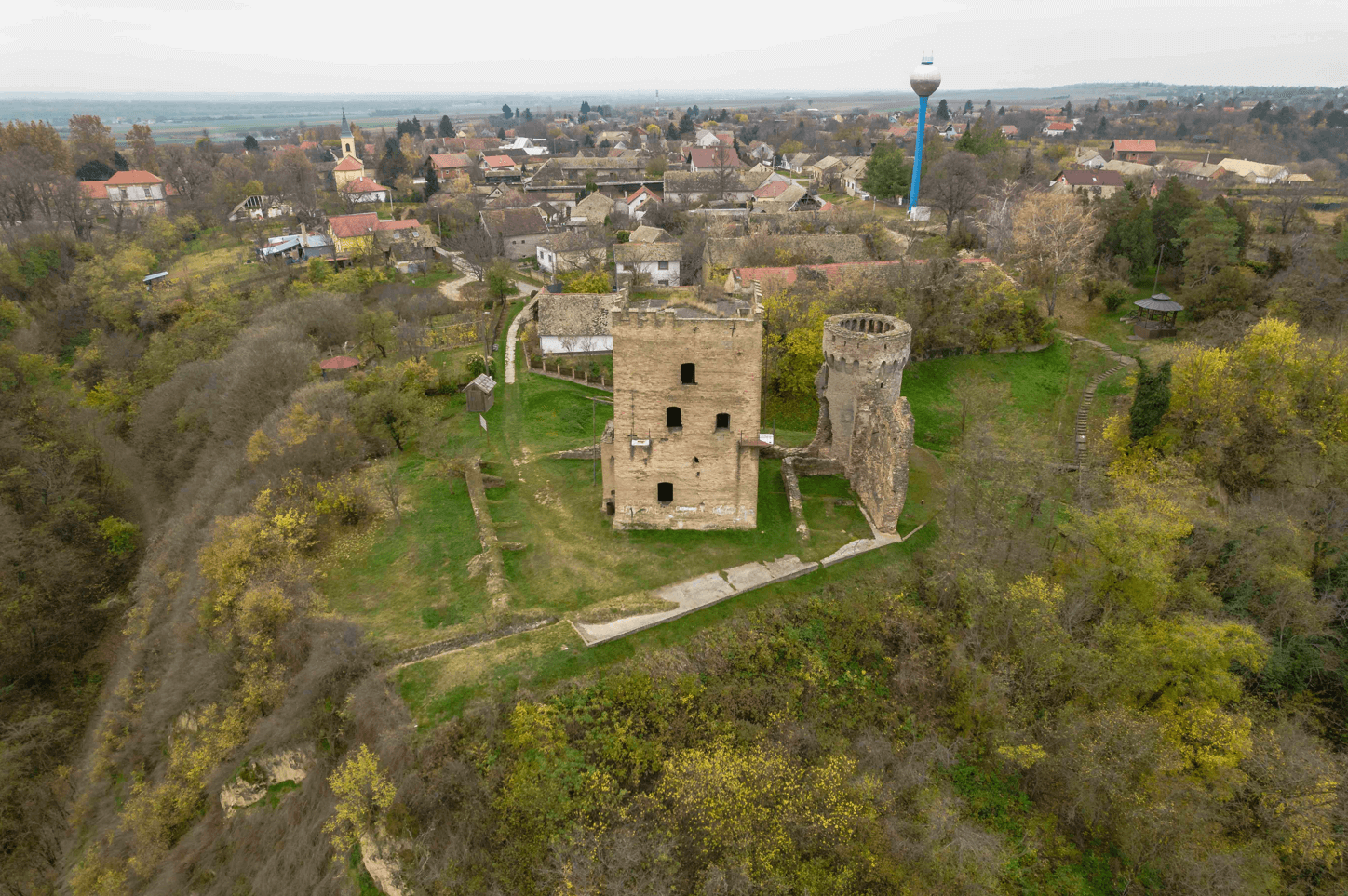
A mysterious medieval-looking castle stands on the bank of the Danube. There is no written information on its origins, but there are a few legends surrounding it. Each generation probably comes up with its own stories. Nada Bućkalović wrote about one of them where fairies would keep destroying at night whatever the builders would build during the day. To get them to stop doing that, they had to sacrifice a breastfeeding mother by building her into one of the pillars of the castle. According to Nada, the memories of the legend were refreshed when the grave in the basement was robbed. The pillar at the entrance was damaged, revealing a 180 cm tall skeleton, with a 150 cm long braid. Nowadays, the castle is a zero-category monument standing on top of a hill right next to the Danube. Local rock climbing associations like using it for practice, but you don’t have to be an expert to climb up the hill and explore its old walls. The Stairway of Health in the park right next to the castle will also take you up and down for a refreshing walk by the Danube.
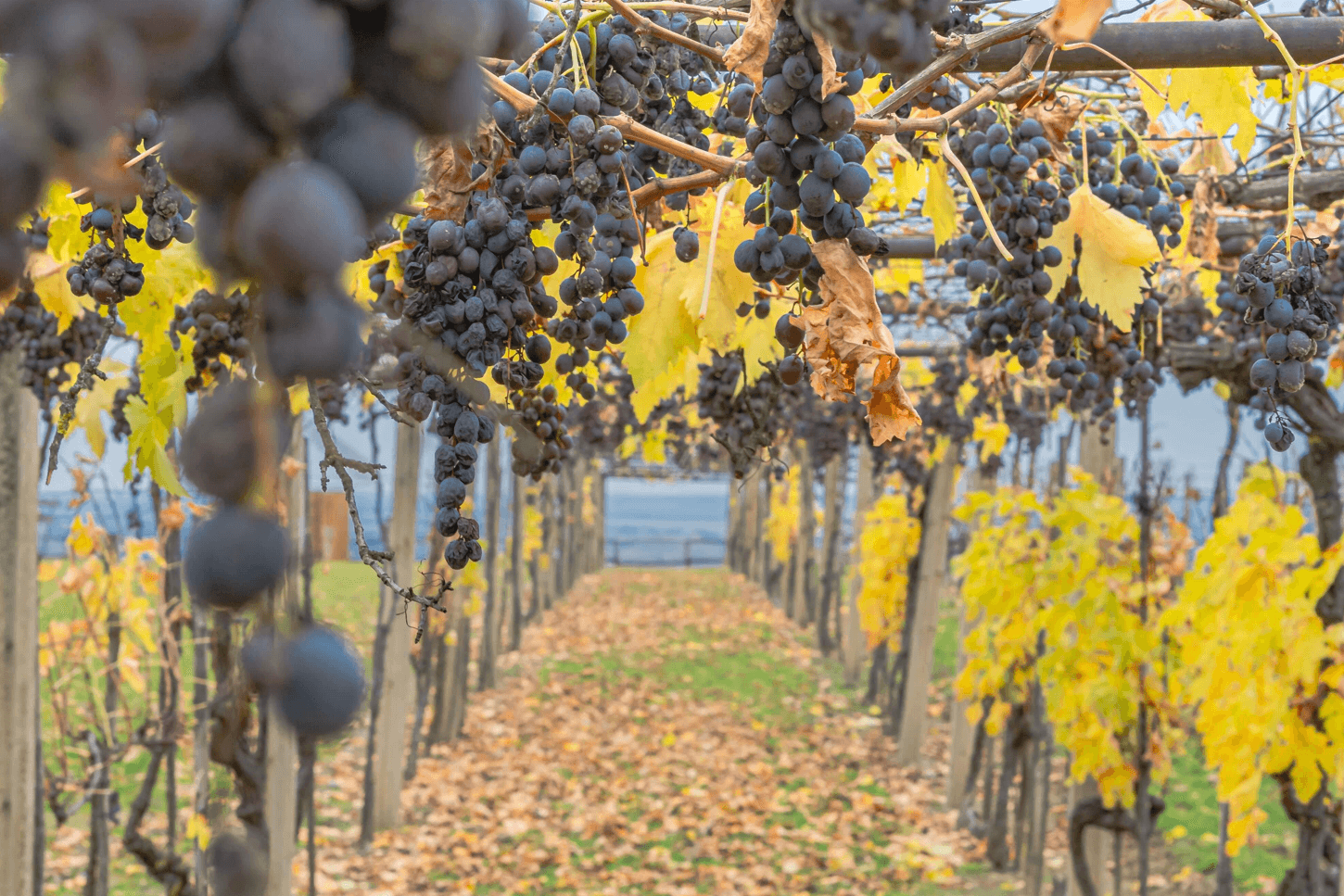
Having touched on movement, this is the perfect opportunity to remind you of Erdut’s traditional Wine & Bike Tour. Usually taking place right in the middle of autumn grape harvests, this event attracts hundreds of visitors each year, all looking for good fun, healthy competition, and, of course, excellent local wine. Thanks to its geographical position, the Erdut municipality is famous for its vineyards, which stretch as far as the eye can see.
Erdut alone is home to multiple wineries, harvesting the famous Traminac, Graševina, Chardonnay, Riesling, etc. Graševina is the trademark wine of Erdut, and there is so much of it there that they had to build the world’s largest barrel to keep it all.
An incredible 2,5 tonnes of iron keeps the wooden construction in place. It has been listed in the Guinness Book of World Records, and it can keep 75 thousand litres of wine, equaling 100 thousand bottles! It was made in 1989 by DIK Đurđenovac, using the traditional method of construction with a total of 109 oak trunks which were by that point over 100 years old. The motifs of the traditional Croatian interlace and the Last Supper were carved by Naïve sculptors Tijardović and Fodor. The barrel has been kept full of Graševina ever since its construction. Not that its integrity is ever to be doubted, but it has been placed over a specially constructed pool that would salvage the gold-coloured nectar of life in case the barrel ever started leaking.
A day of sightseeing, cycling, walking, and wine tasting will surely make you quite hungry. Worry not! Though there is no restaurant in Erdut, the locals will be more than happy to feed you homegrown and homemade local food full of flavour, protein and healthy* fat, vitamins, and all the other nutrients your body and soul might need. One of them is teta Zlatica.
She is the perfect representative of what happens when you’re born and raised in a place like Erdut. Like many others in Slavonia, her family has faced all kinds of adversity during the Homeland war, and was left without a penny or a house. After going off into the world and becoming and successfully running a couple of businesses, her heart eventually took her back to Erdut to rebuild her family home and live off the land on the picturesque hills. She has decided to leave everything else and do what she does best and enjoys the most – open her home, her kitchen, and her heart to the curious wanderers who come to explore and experience Erdut. She is one of the residents in Erdut whose happiness is contagious. They all work together, driving change and inspiring progress. It is this synergy (along with their wine) that we believe will get them far and make you feel right at home.
She runs Etno Kuća Stari Dud, where she provides accommodation and freshly cooked meals. If you visit at the right time, live traditional music nights might spontaneously happen. So far, she has hosted team buildings, theatre groups, and events like birthdays and christenings. If you would like to give her a visit, e-mail This email address is being protected from spambots. You need JavaScript enabled to view it. and we’ll sort you out in no time.
*might not always be extremely healthy
Photos: Steve Tsentserentsky
How good is your knowledge of eastern Croatia? Take the CROMADS test above - how many places do you recognise?
For more, make sure to check out our dedicated Lifestyle section.


